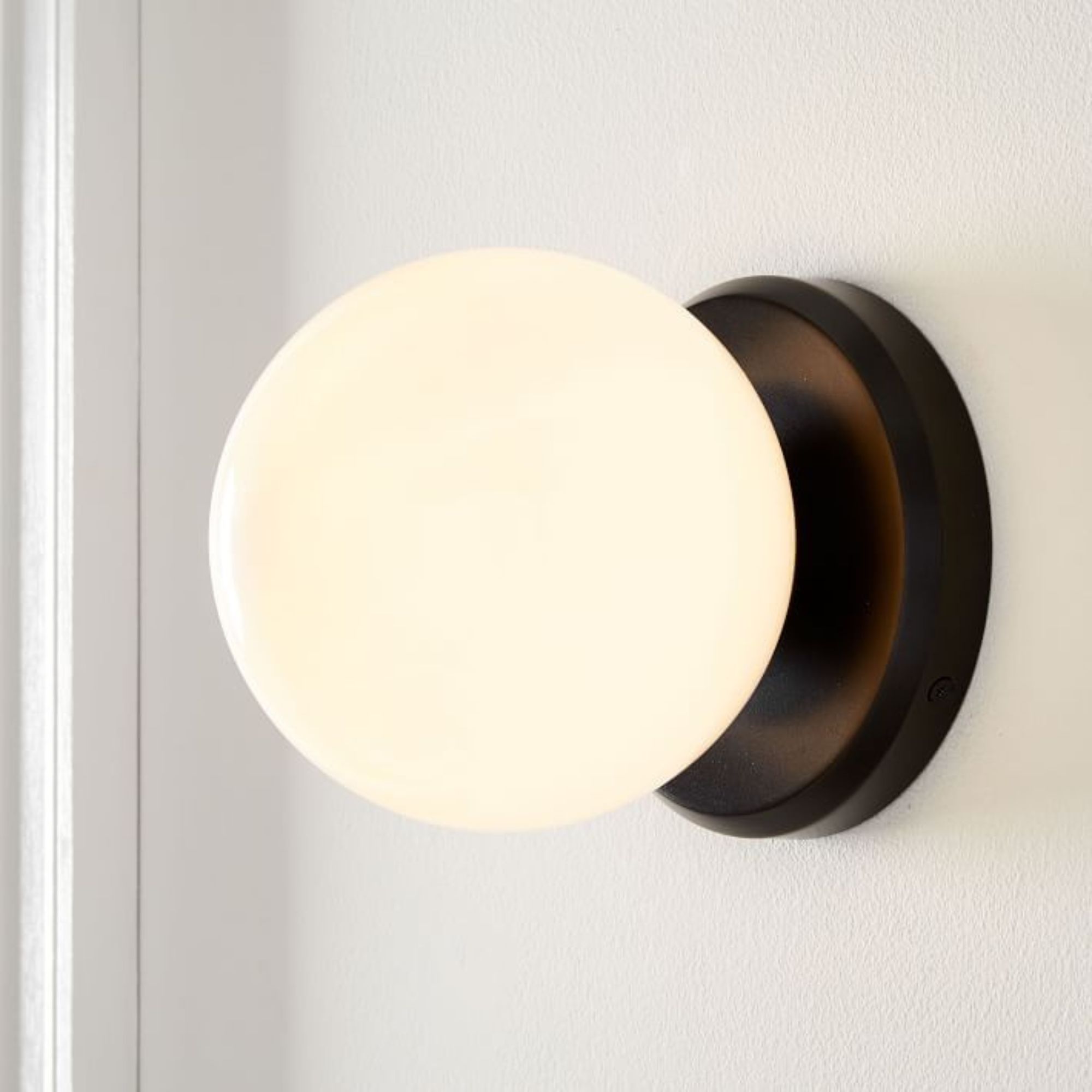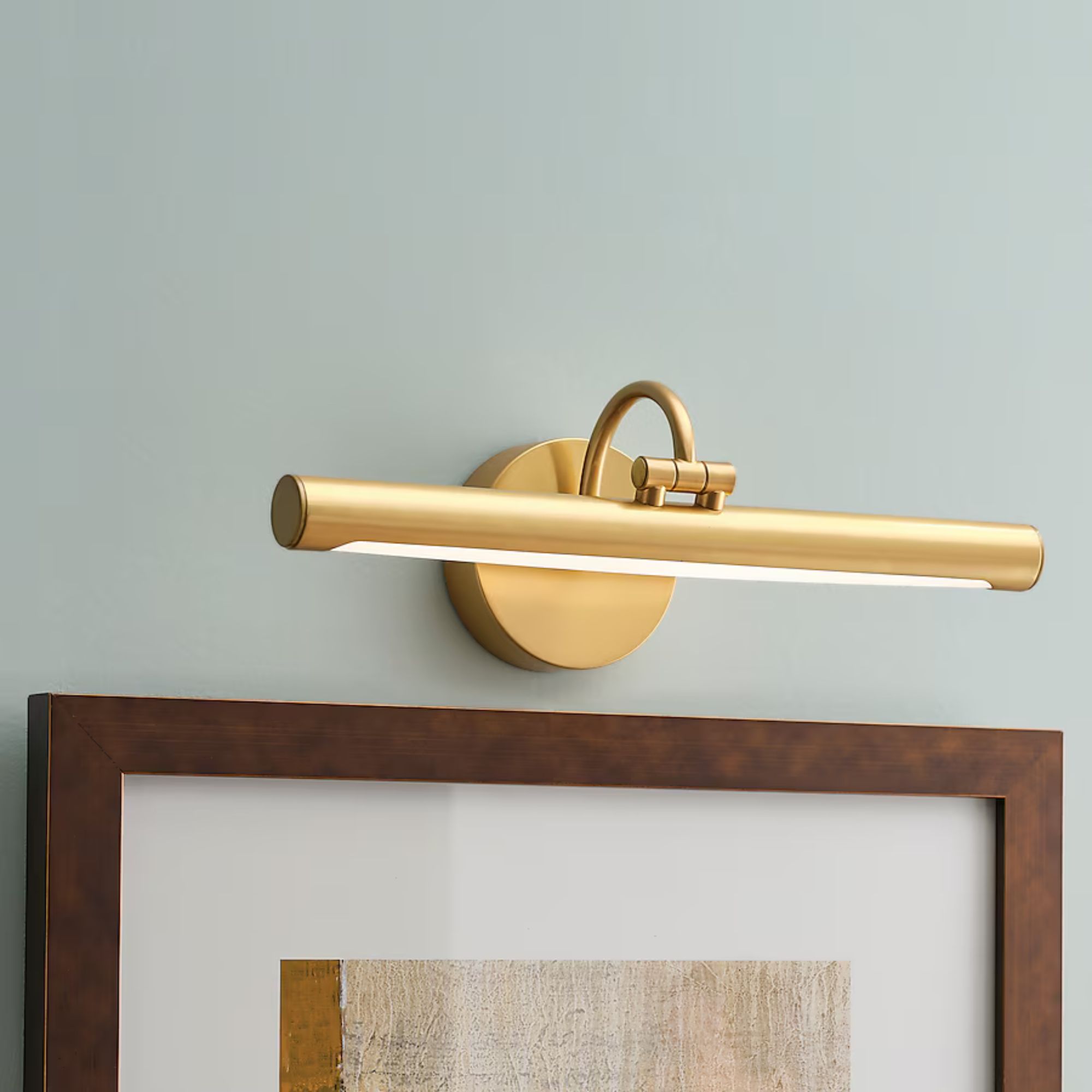The Kitchen Lighting 'Rule Of 3' Will Instantly Make Your Space Look Expensive – And Designers Swear By It For A Perfectly Layered Scheme
This simple but utterly effective approach ensures your kitchen lighting is ready for every need and occasion
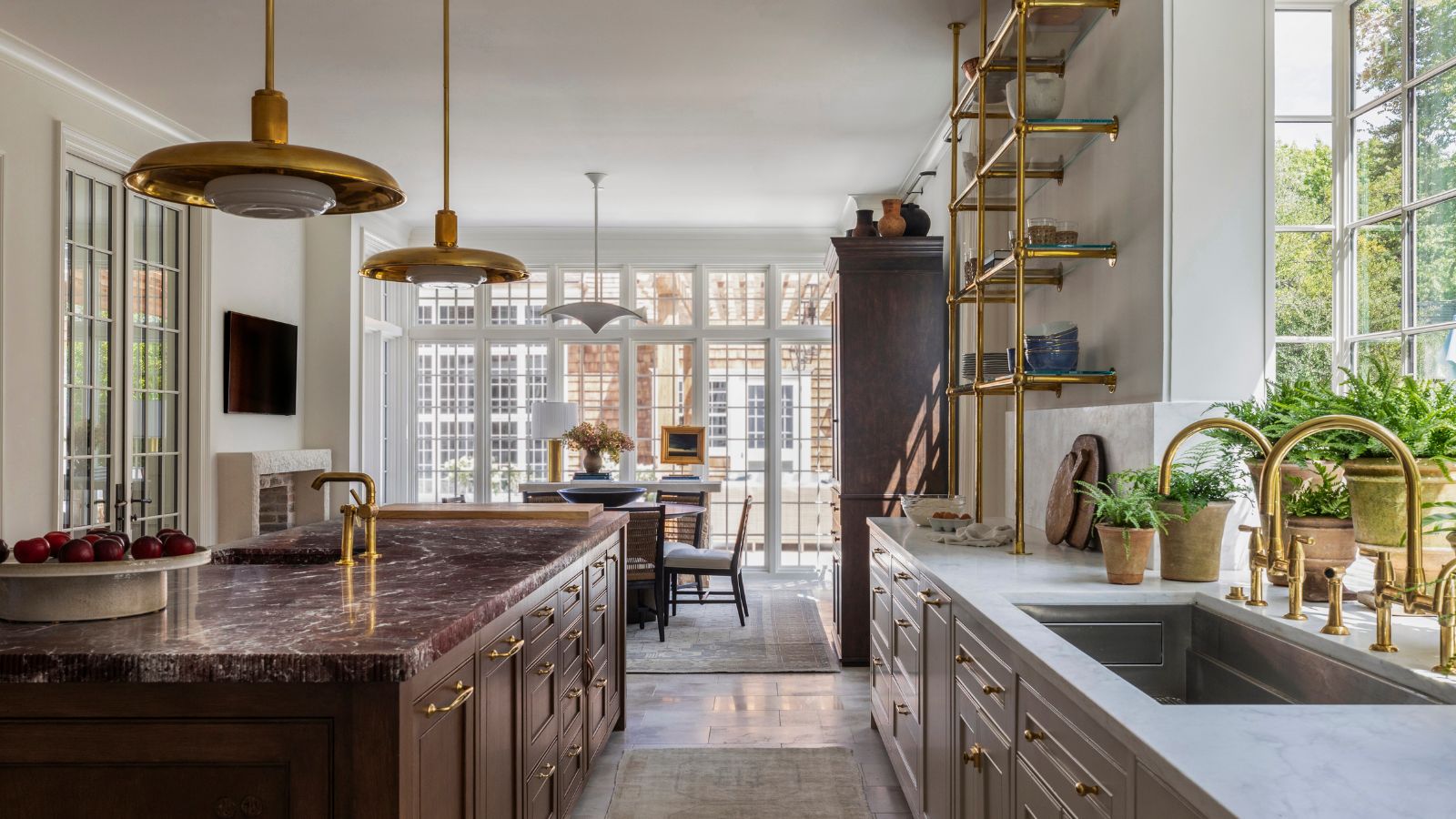

Lighting works ten times harder in a kitchen than in any other room. It has to provide enough light to perform tasks, yet also feel warm and ambient for the various uses of the space.
Which is why so many interior designers recommend the rule of three when it comes to kitchen lighting. It's not actually about the number of light fixtures; it's about the number of light types and sources. This approach ensures you tick the boxes for task, accent, and ambient lighting, resulting in a space that's ready to illuminate any and every use.
It's a more structured method of layering lighting, but it's one that experts always recommend if you don't want to be left with a lackluster lighting scheme. Here's everything you need to know.
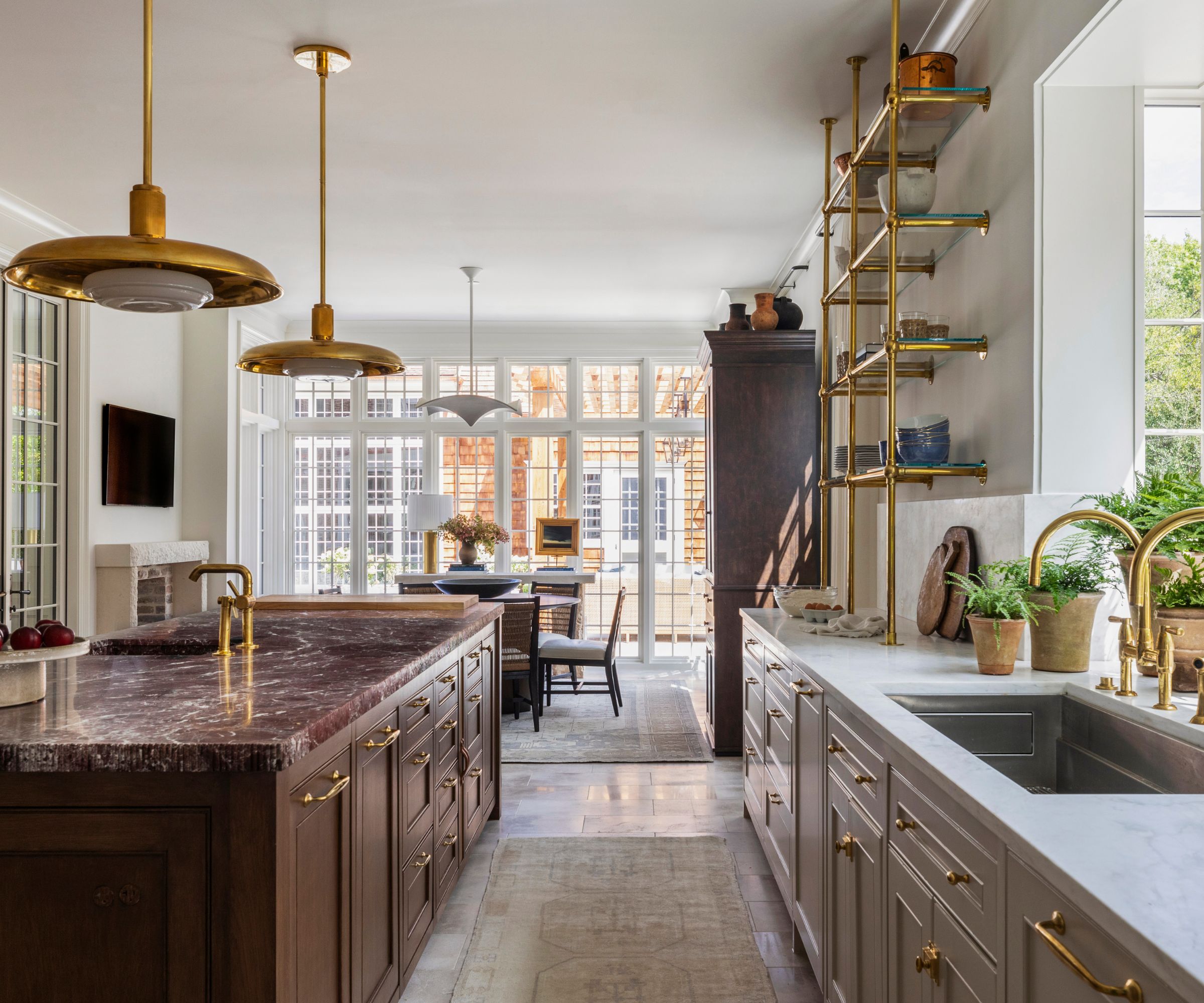
What is the rule of three in kitchen lighting?
The rule of three in kitchen lighting refers to the three types of lighting you need for a successful scheme: task, accent, and ambiance. Each requires a different kind of fixture and placement to be the most effective.
'Lighting is one of the most powerful tools in design. The rule of three – ambient, task, and accent lighting – creates depth, warmth, and functionality within a kitchen,' says interior designer Marie Flanigan.
'Each layer plays a unique role in shaping the mood and usability of the space, allowing you to transition seamlessly from morning coffee to evening entertaining. Lighting is truly the jewelry of the space, especially in a kitchen, where beautiful fixtures can elevate both the design and the experience of being there.'
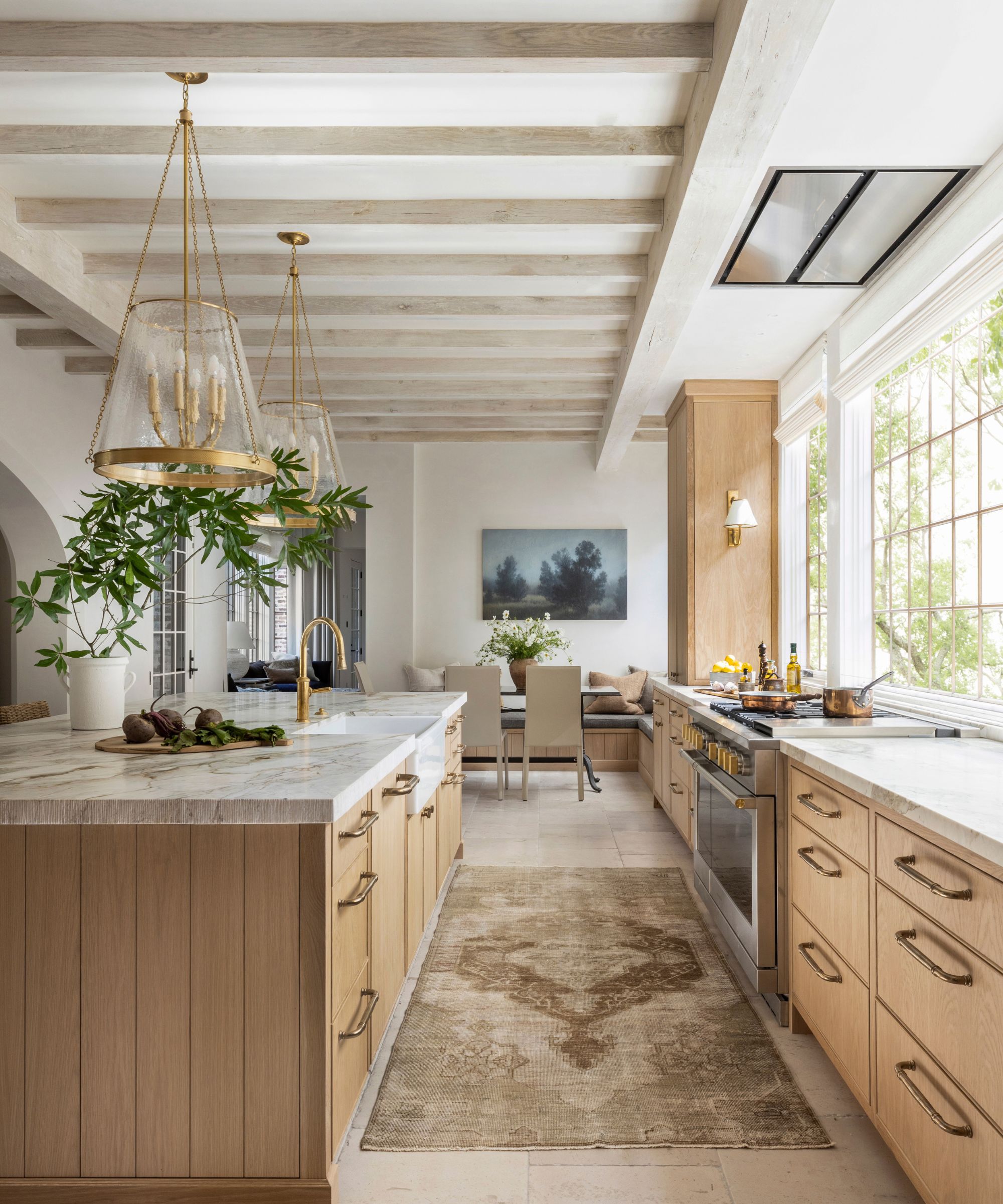
'As the heart of the home, the kitchen must be well-lit. It should be a space that feels balanced, inviting, and functional. The rule of three forms the foundation of sophisticated kitchen lighting design. When considered carefully, these layers create depth and intimacy, along with functionality,' adds Helen Pett, brand ambassador at Arteriors.
Design expertise in your inbox – from inspiring decorating ideas and beautiful celebrity homes to practical gardening advice and shopping round-ups.
While there are no rules to the order in which you plan and introduce each type of lighting, designers typically like to start with ambient lighting, as it sets the tone for the entire kitchen and forms a basis for the rest of your fixtures.
'Ambient lighting provides overall illumination, making it possible to navigate a kitchen with ease. These fixtures are ceiling lights, like a chandelier or a series of pendants over a kitchen island. Natural light sources like windows and skylights can also be considered ambient lighting,' explains interior designer Kathy Kuo.
'Ambient lighting sets the tone – it’s your overall glow that fills the room and makes it feel inviting. Start here through recessed fixtures or flush mounts to evenly illuminate the space,' suggests Marie.
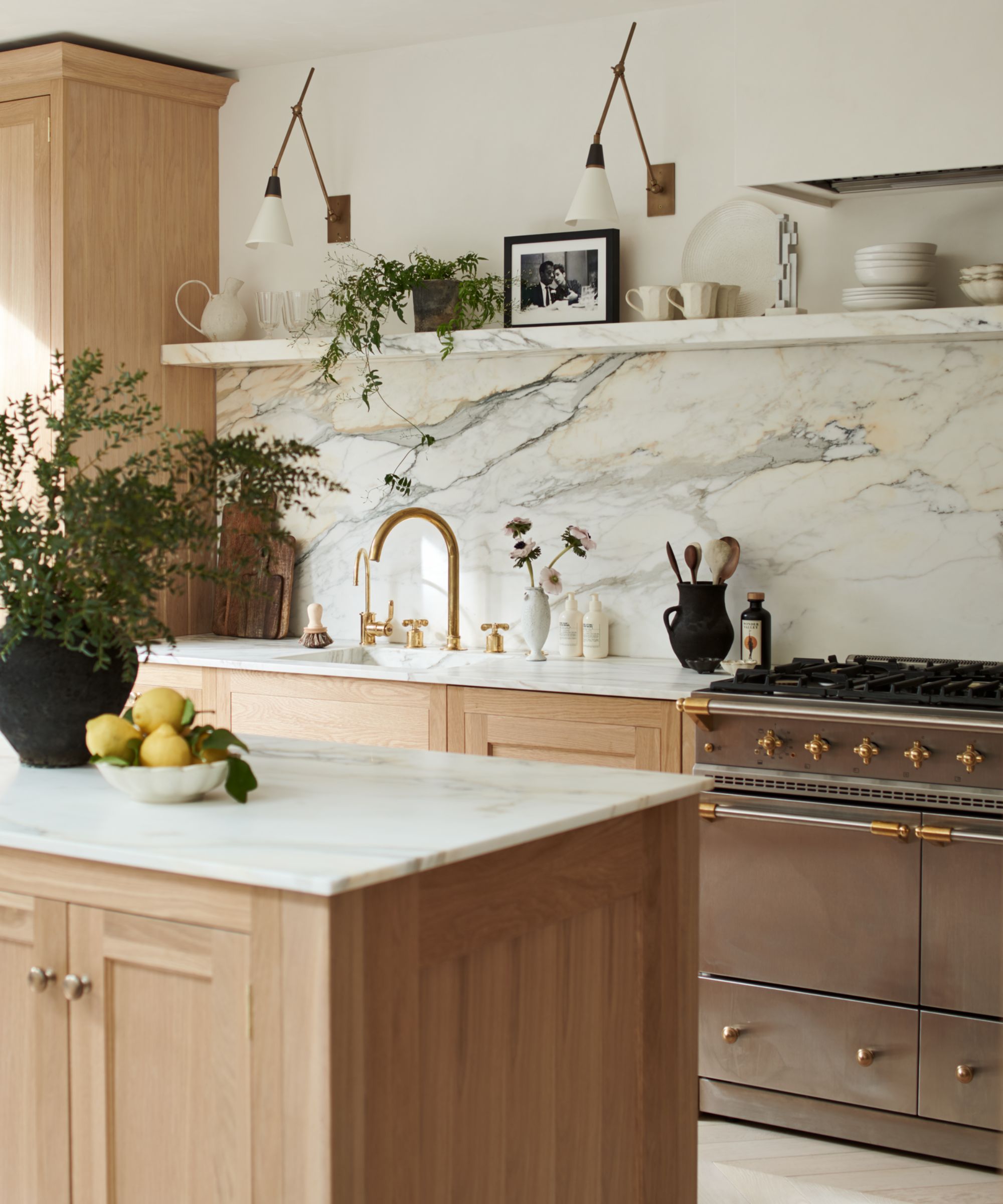
Once your ambient lighting is in place, you can focus on task lighting. This is the most practical element, used to illuminate key work areas such as your countertops, kitchen sink, and cooktop.
'Task lighting focuses concentrated light on areas where tasks are performed – so important in a kitchen! Think under-cabinet lighting above prep areas and pendant or recessed lighting over the sink,' says Kathy.
If you opt for under-cabinet lighting, consider a dimmable design, like the Lagom Halo Under Cabinet Light from Wayfair, so you can adjust the brightness depending on your needs and the time of day you are cooking.
In kitchens with low ceilings, wall lights on an adjustable arm maximize usable prep space, such as this Coco Articulating Sconce from West Elm. 'Layer in task lighting with pendants over an island, scones near the range, and under-cabinet strips for precision,' adds Marie.
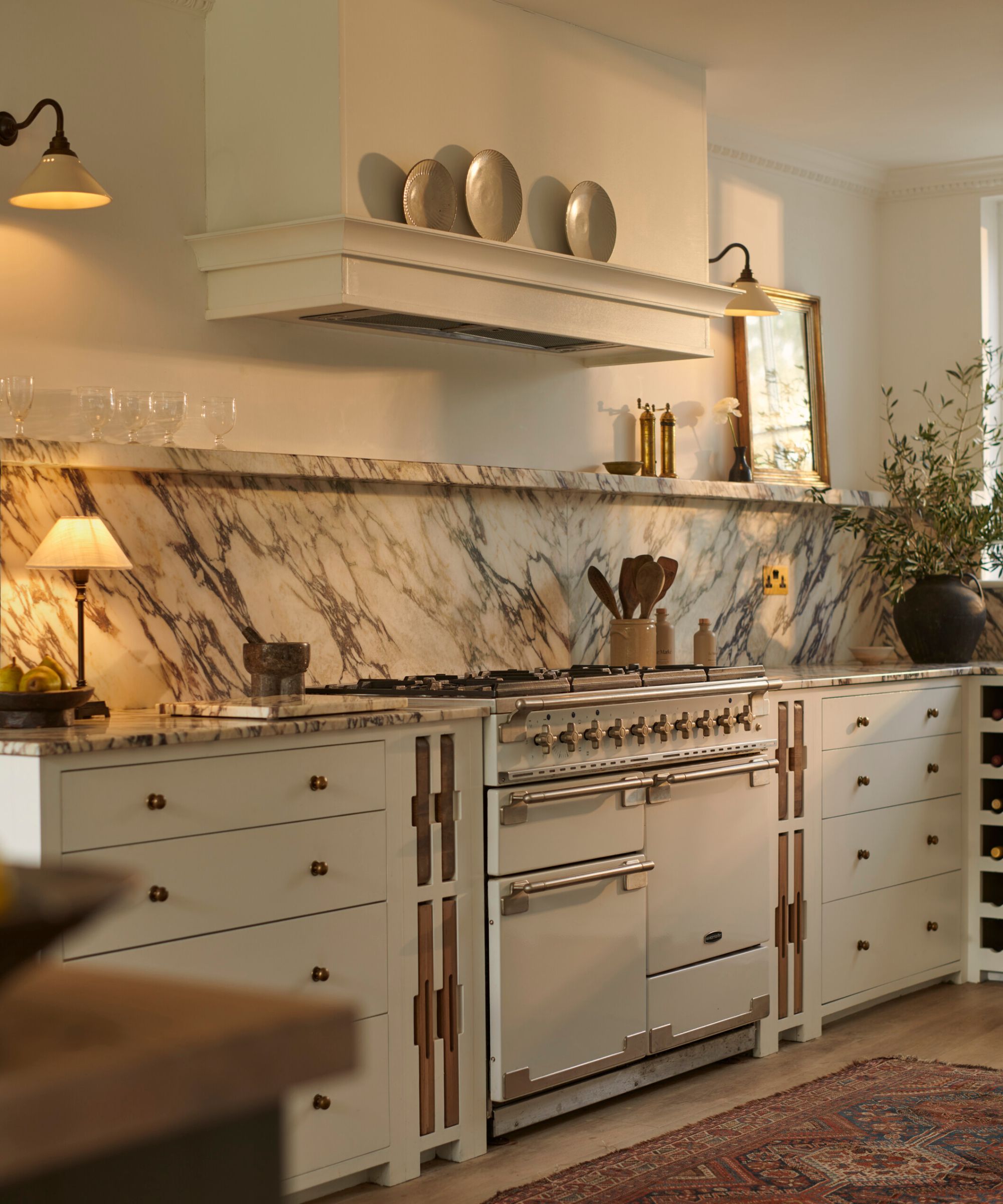
Your accent lighting is where you can start to experiment with different styles of fixtures. It's often the last light source to be introduced, as it includes finishing touches like a countertop lamp or dimmable light bulbs.
'Accent lighting adds that final layer of polish, highlighting beautiful details like open shelving, artwork, or architectural features. Together, these elements create a balanced composition that feels intentional and alive,' explains Marie.
'Weave in accent lighting with intention, opting for warm wall lights or table lamps on open shelving alongside your favorite cookbooks, to add romance to the space. Even when the kitchen isn’t in use, these can be kept on to keep the romantic atmosphere throughout the house,' adds Helen.
Kitchen countertop lamps have become a designer favorite, creating a cozy yet unexpected accent. Unless you have enough counter space to spare, a cordless design is often the most practical. We love this Cordless Wooden Counter Lamp from Amazon for a classic look, or Pooky's Tiddly Cordless Lamp for something more colorful.
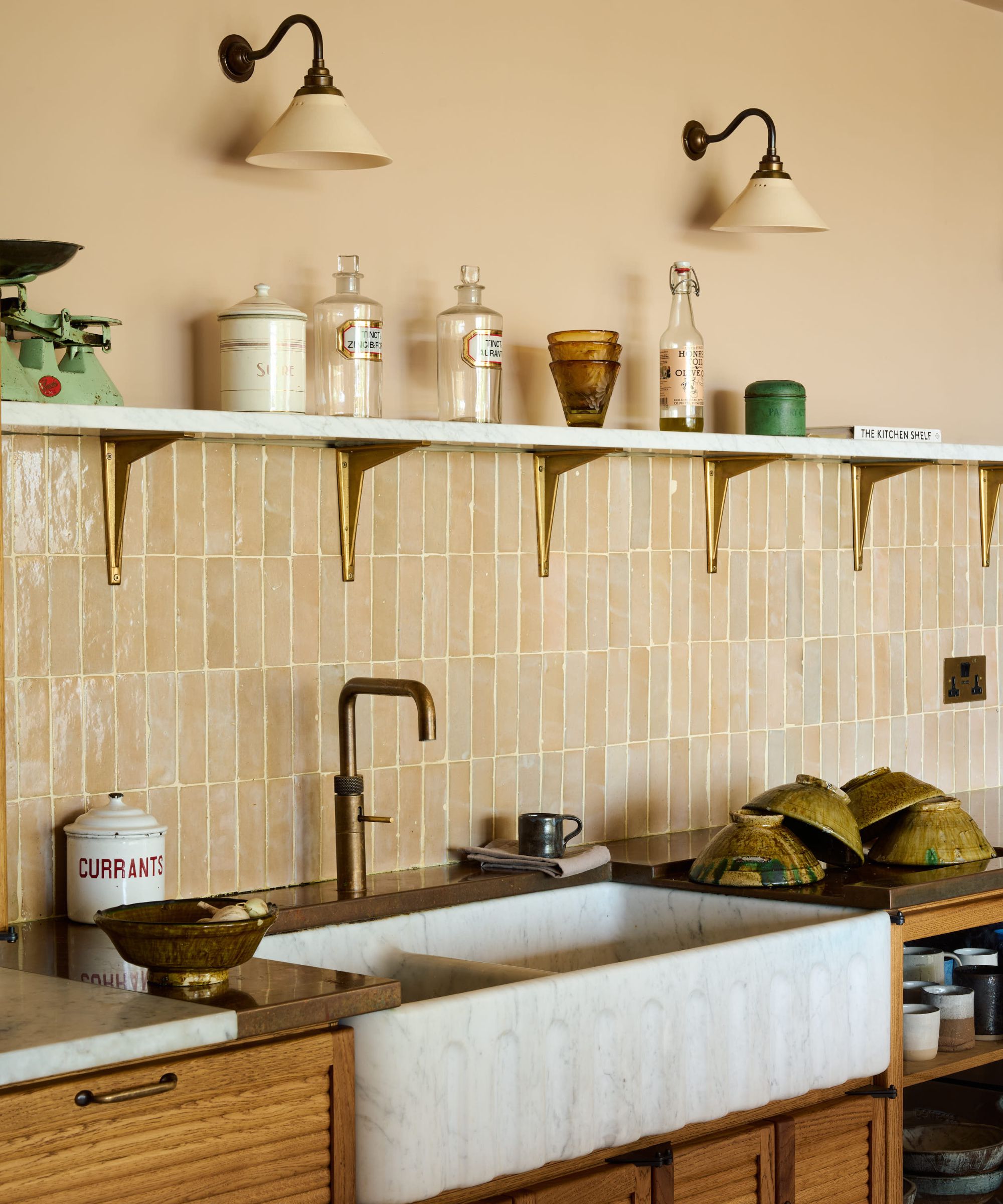
It's not just about the placement of lighting that is important in the kitchen, but also the type of light it gives off. For example, ambient lighting that gives off a cold, bright white light is going to give you the opposite of a warm, inviting space.
'I recommend installing dimmer switches wherever you can, especially for ambient light sources. This allows you to change the entire mood of the kitchen with a simple flip of a switch. And if you can’t install dimmer switches, use smart light bulbs that allow you to control the brightness from an app on your phone,' Kathy suggests.
The fixtures you introduce are also pivotal in kitchen design. Yes, lighting is a functional element, but it's also a decorative element that adds style and interest to your overall scheme.
As Helen advises: 'Don’t forget – lighting also serves as an opportunity to add detail into the home, so ensure you’re incorporating fixtures with mixed materials to add depth to the overall scheme.'
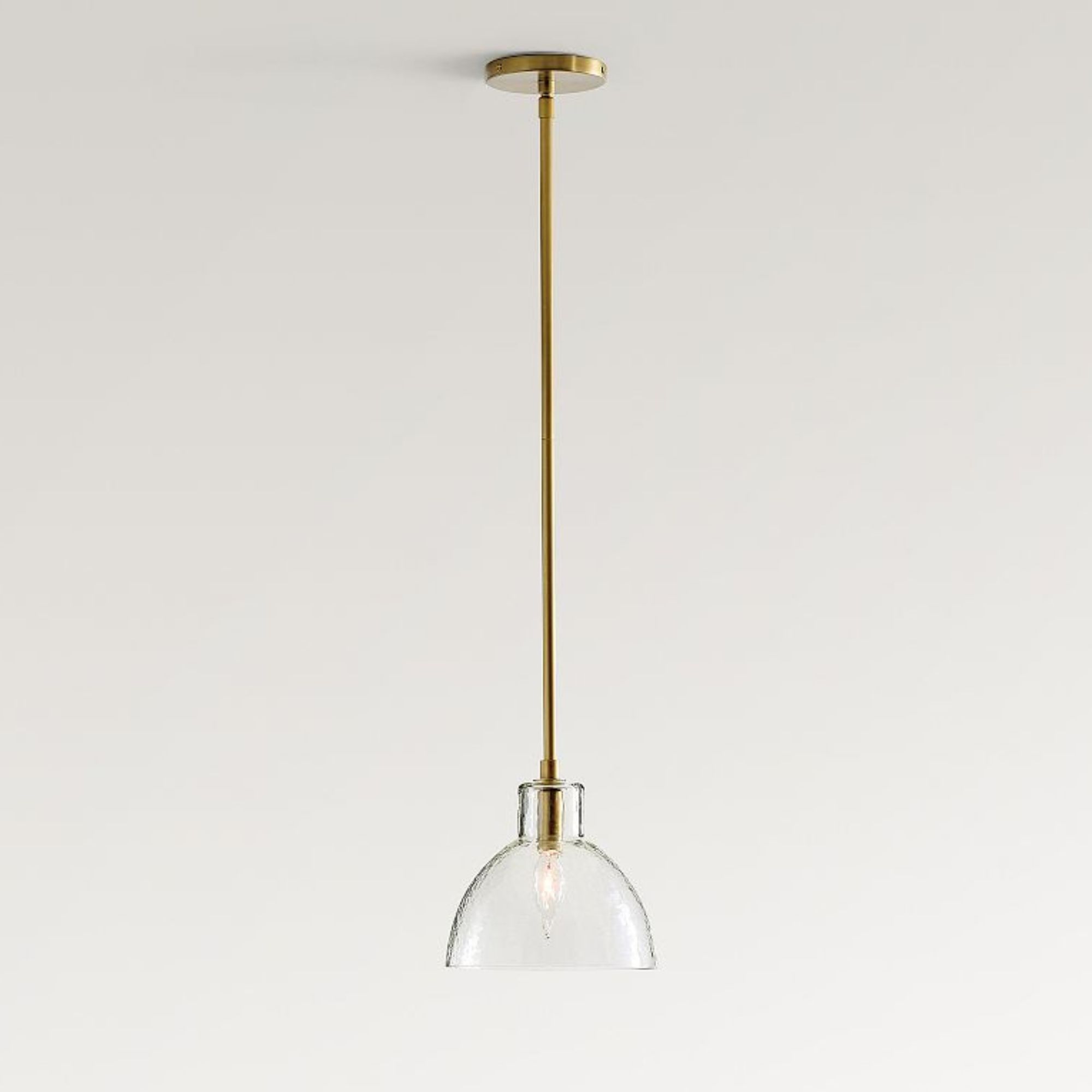
Kitchen pendant lighting is a great way to introduce stylish task lighting, especially above an island. This brass and recycled glass design adds texture and timeless style, while adding much-needed illumination to functional areas.
If designers swear by the kitchen lighting rule of three, so do we. It's an easy-to-follow approach to layering lighting that feels achievable for every style and budget. But it's also key to a functional kitchen that ticks all of the boxes for style.
Designer Kathy Kuo explains it perfectly: 'Layering light fixtures allows you to adjust the lighting based on your mood or the given occasion. It’s also the best way to create a warm, inviting kitchen that’s both beautiful and functional.'

I’ve worked in the interiors magazine industry for the past five years and joined Homes & Gardens at the beginning of 2024 as the Kitchens & Bathrooms editor. While I love every part of interior design, kitchens and bathrooms are some of the most exciting to design, conceptualize, and write about. There are so many trends, materials, colors, and playful decor elements to explore and experiment with.
You must confirm your public display name before commenting
Please logout and then login again, you will then be prompted to enter your display name.
